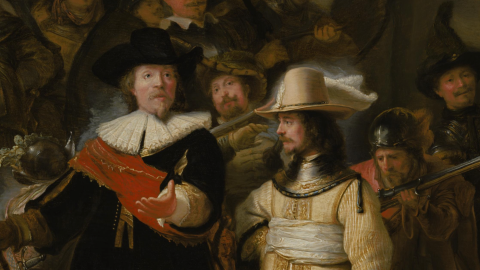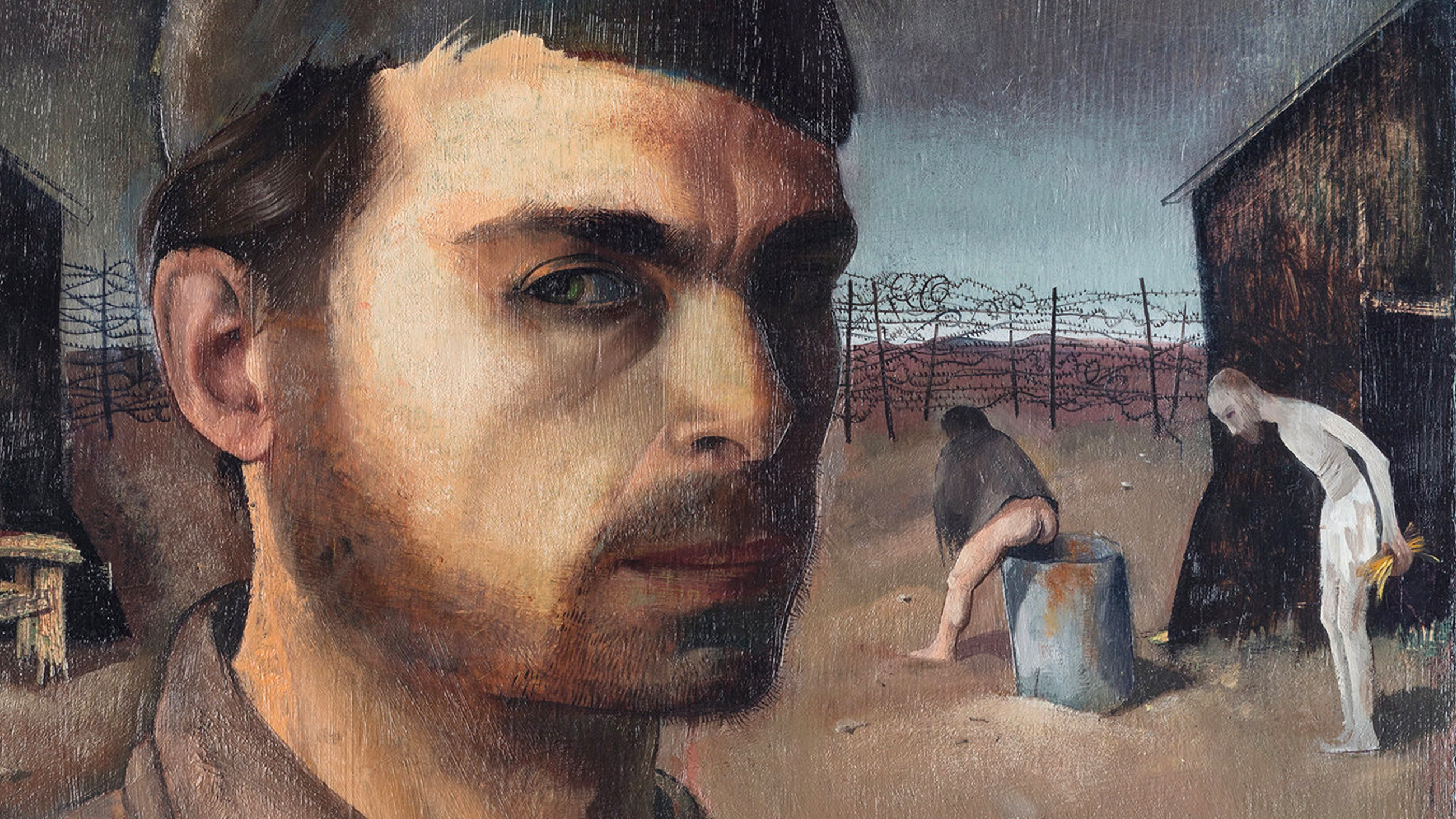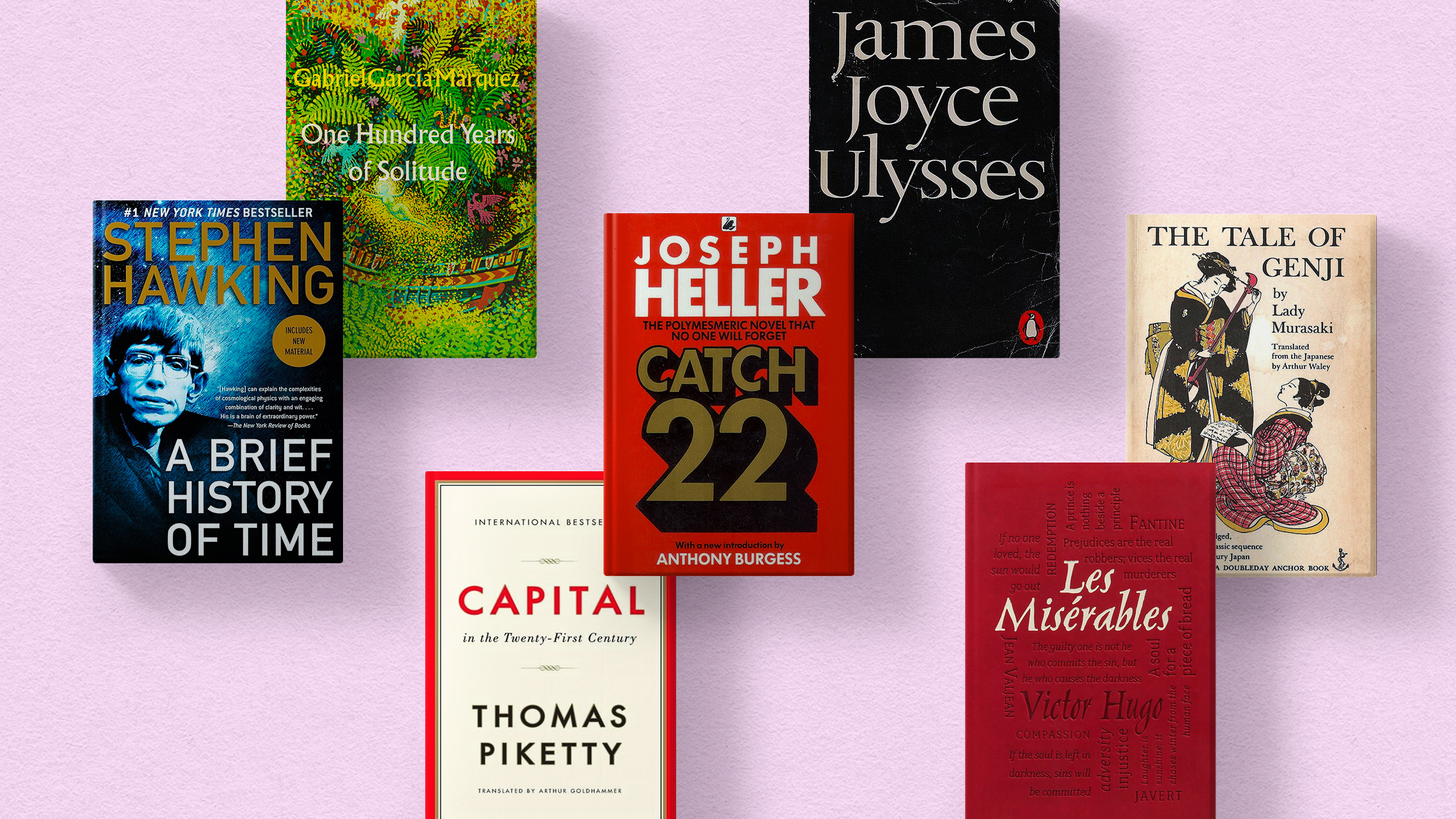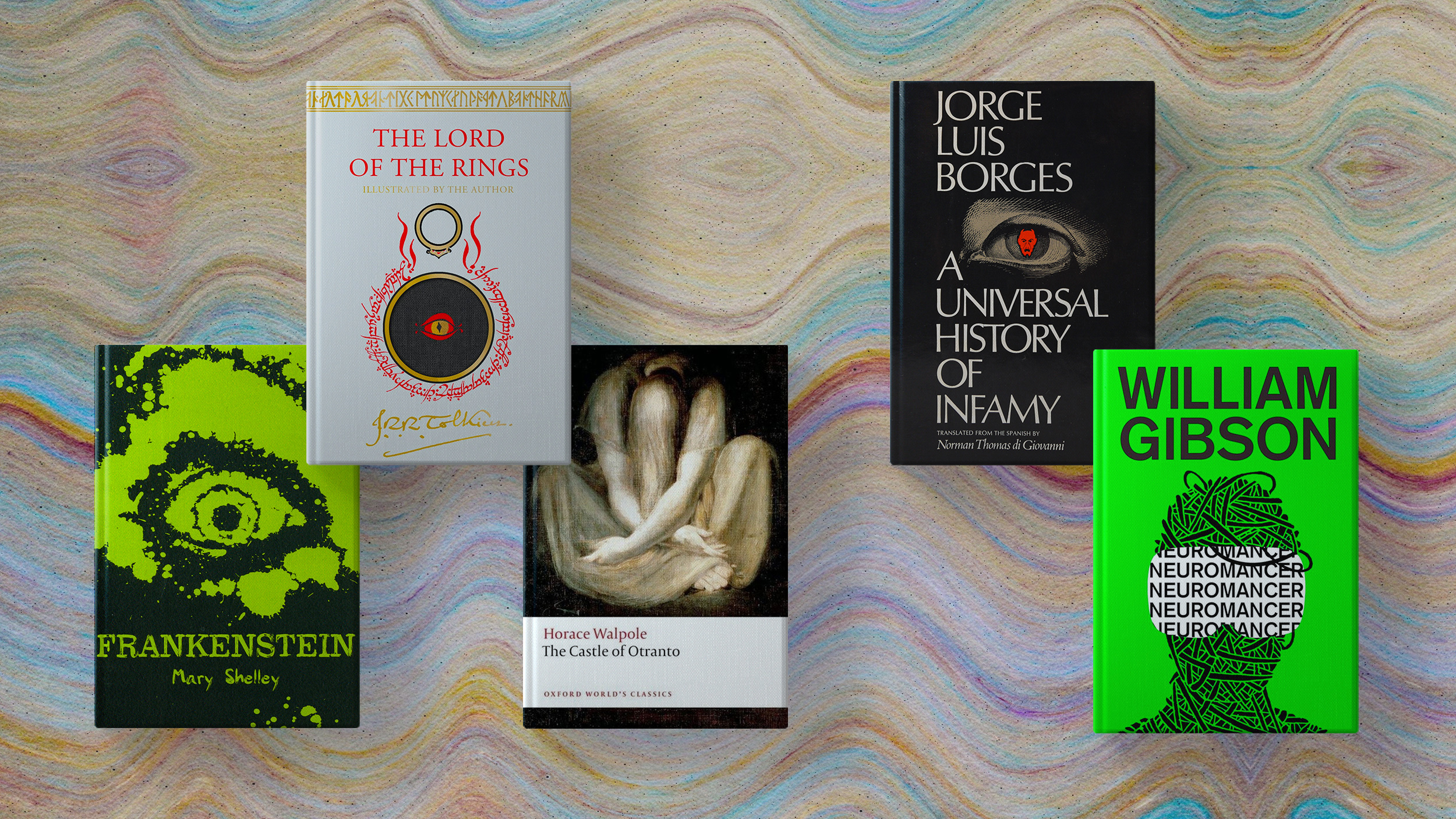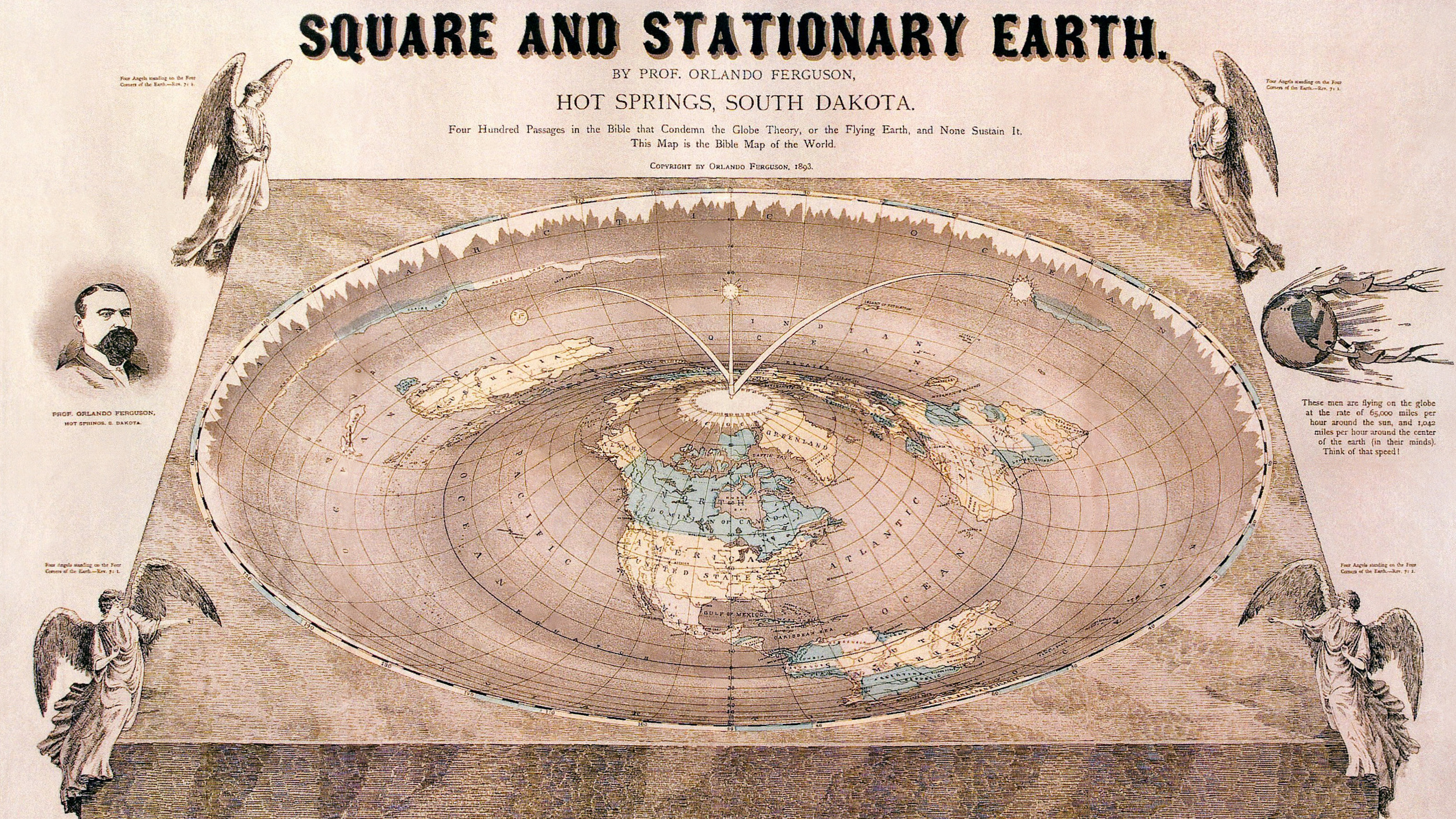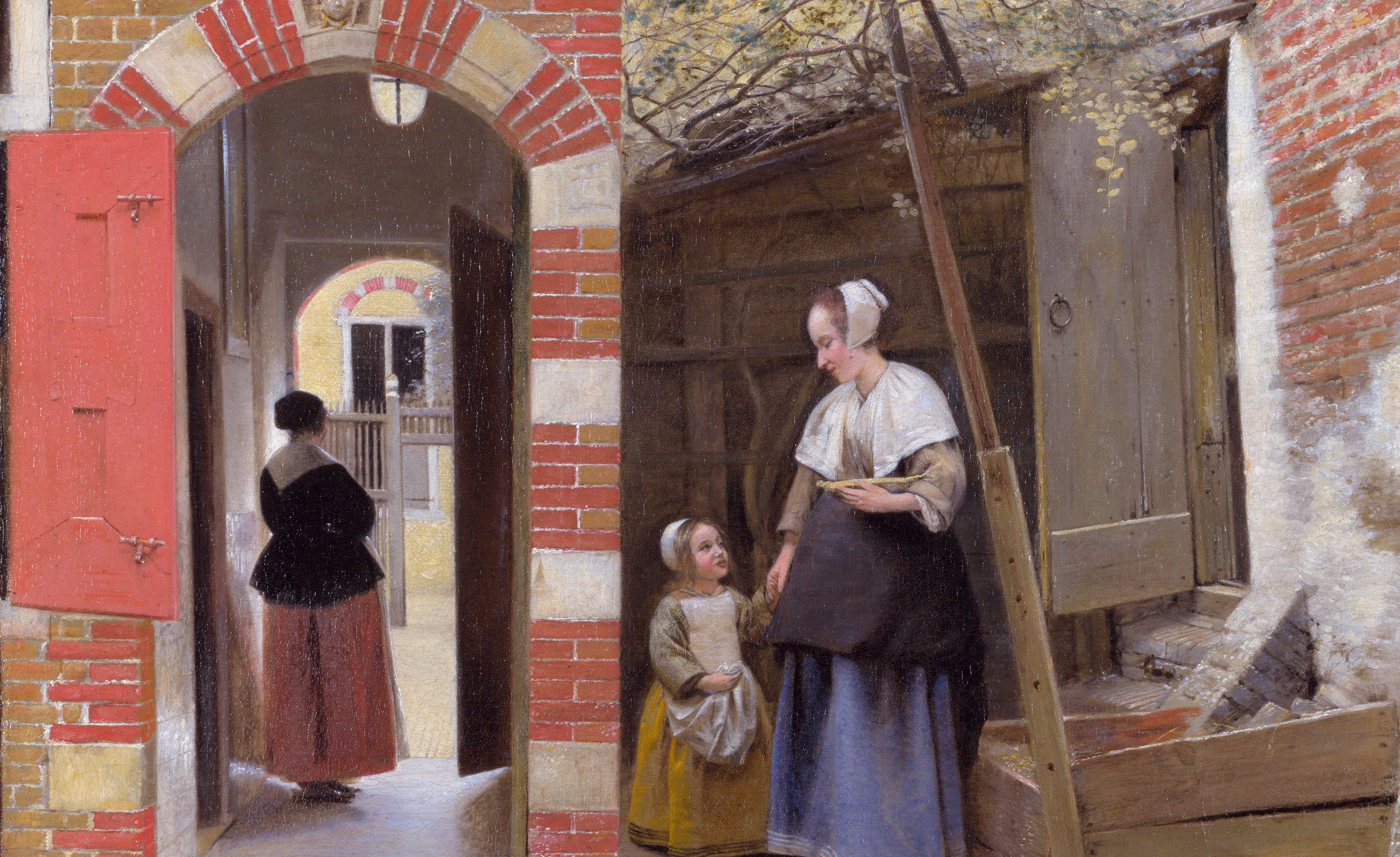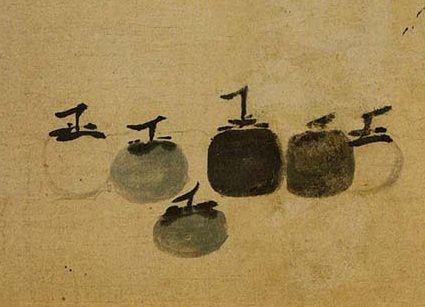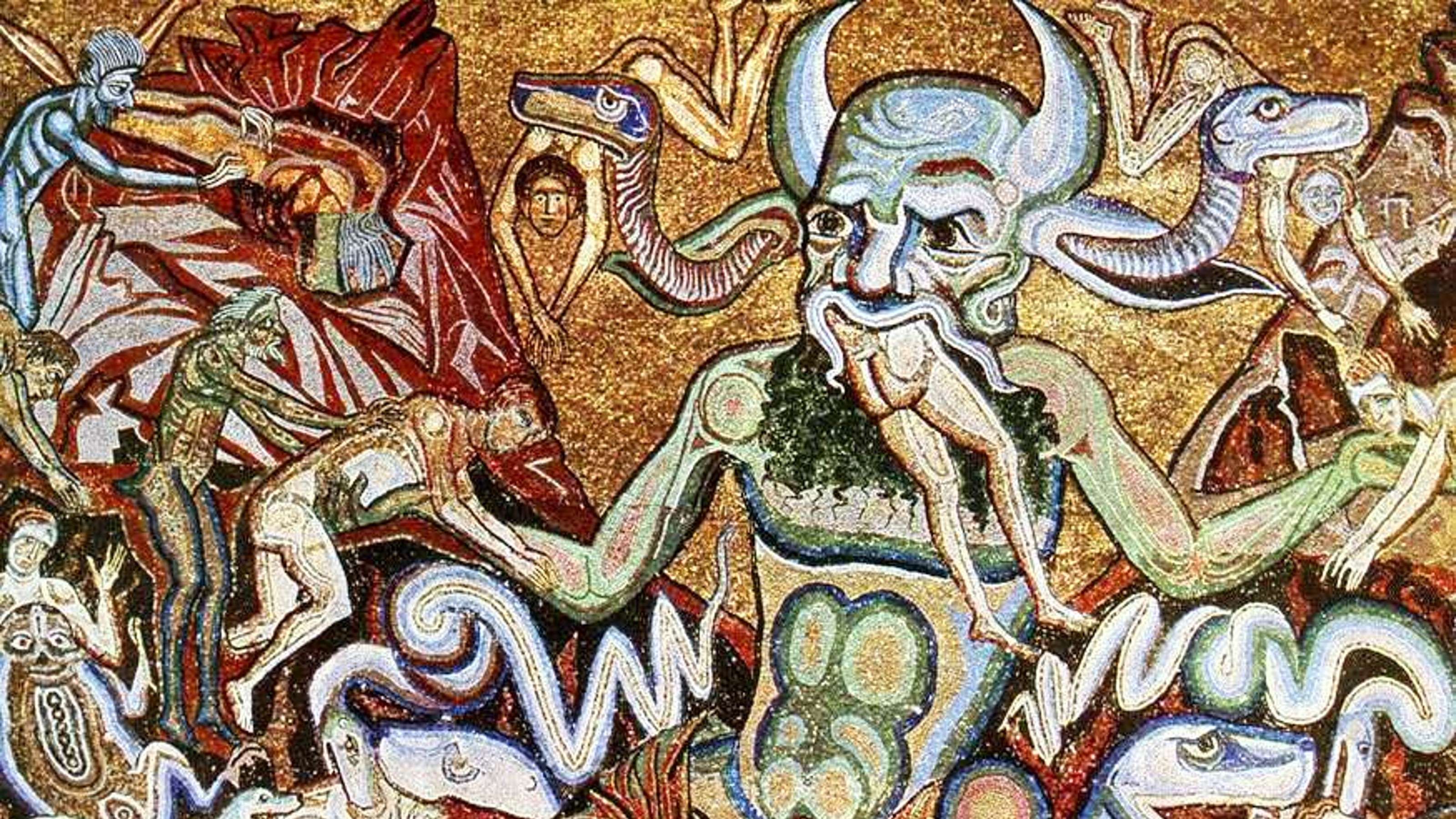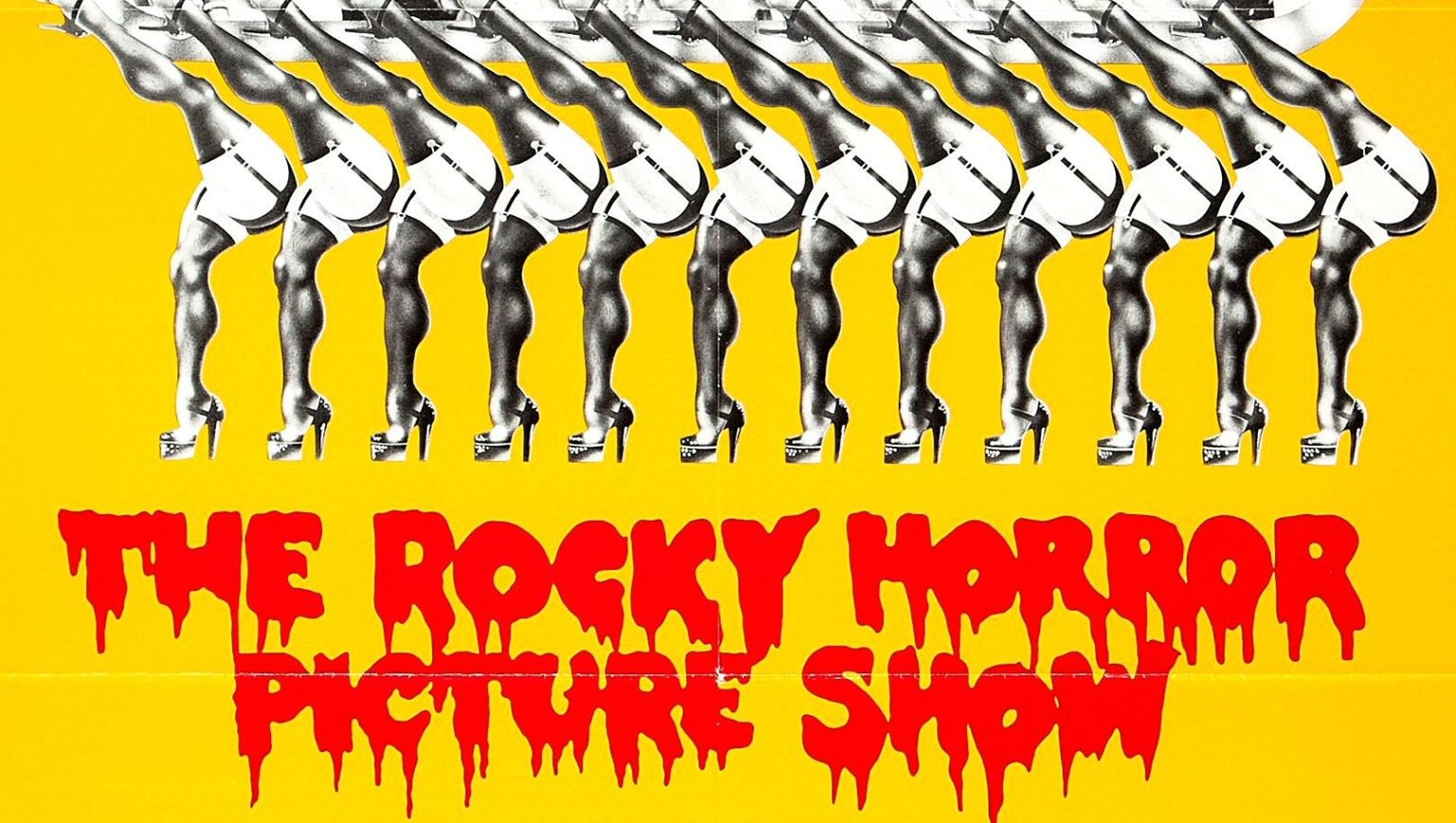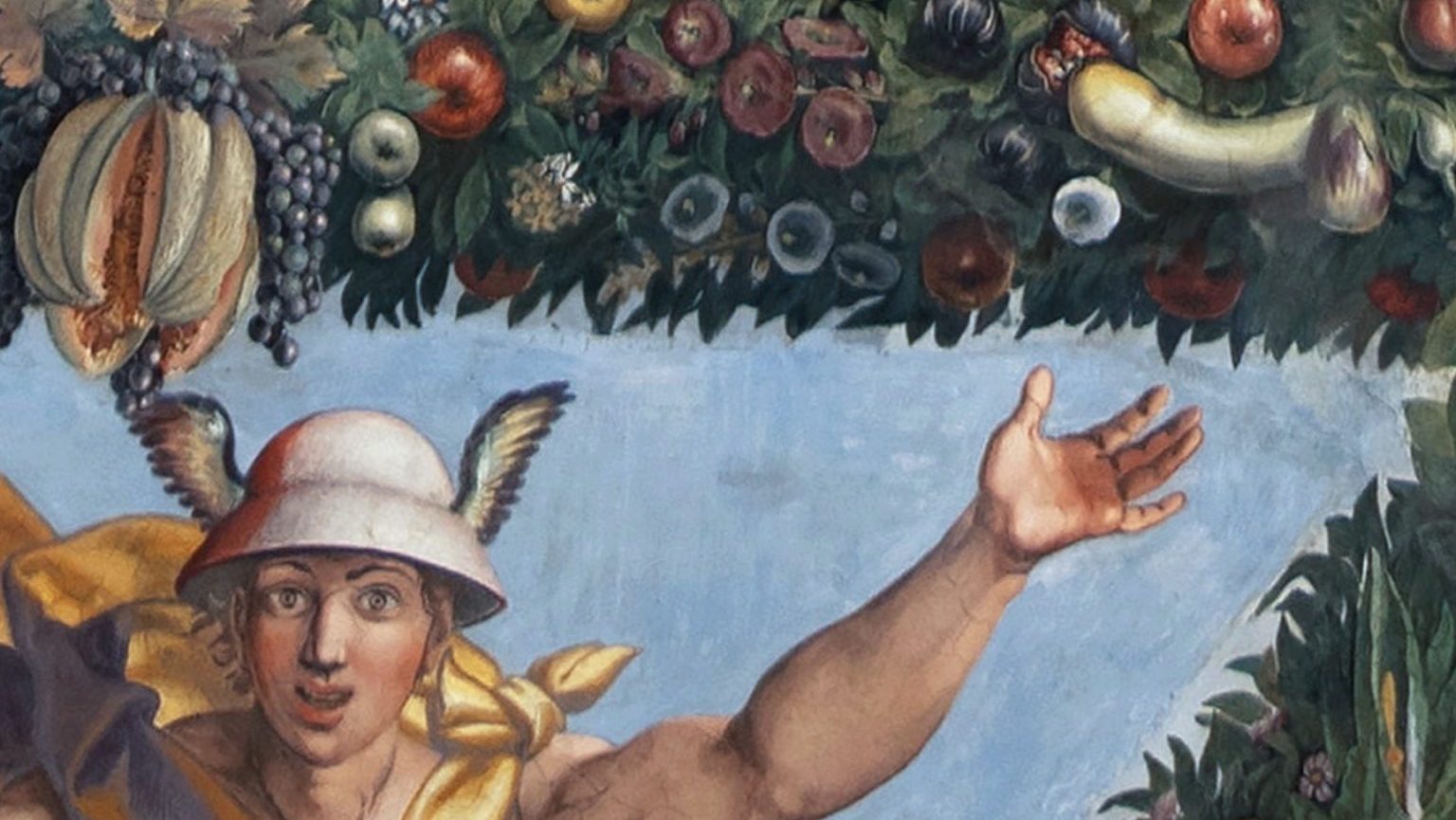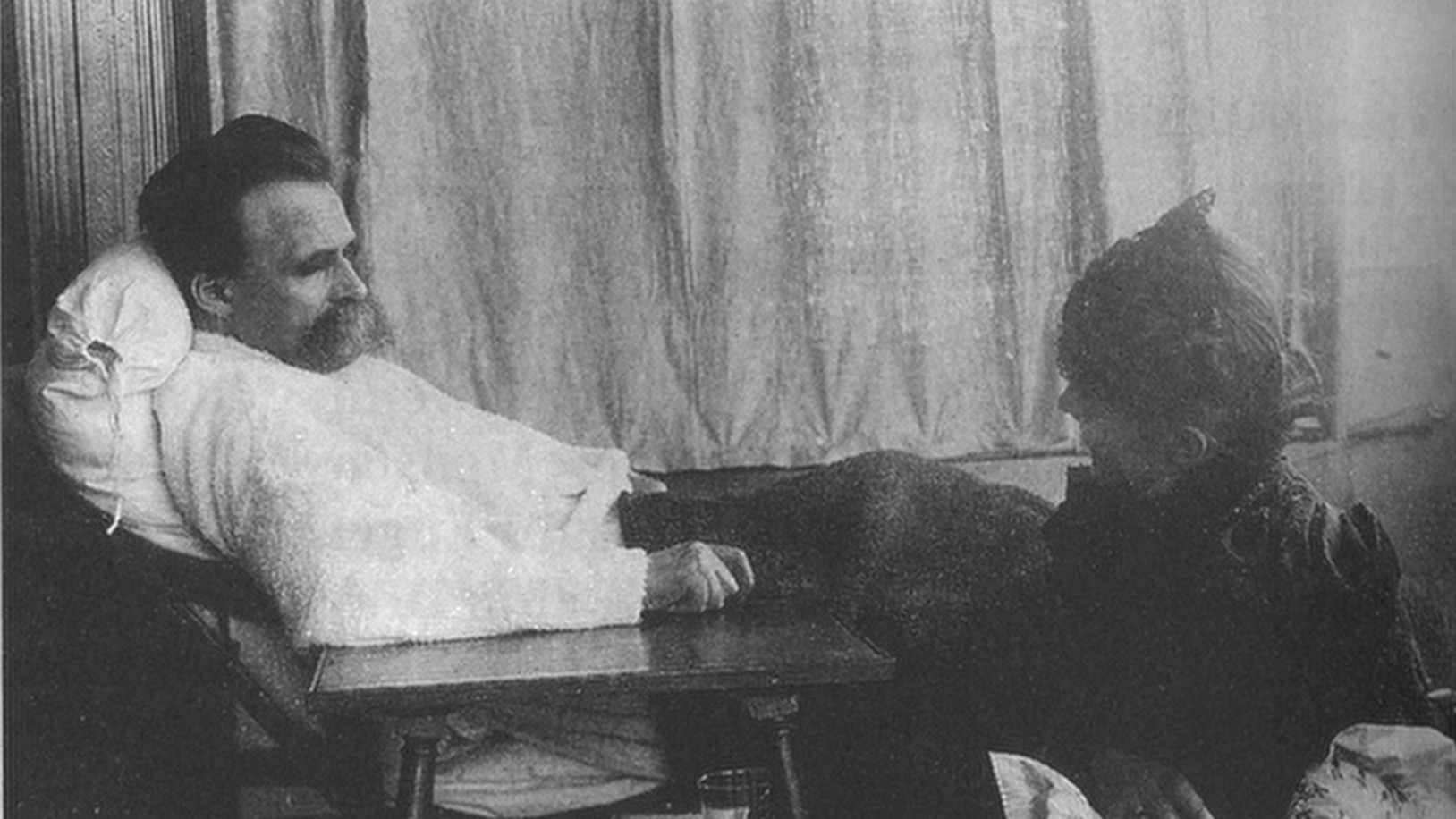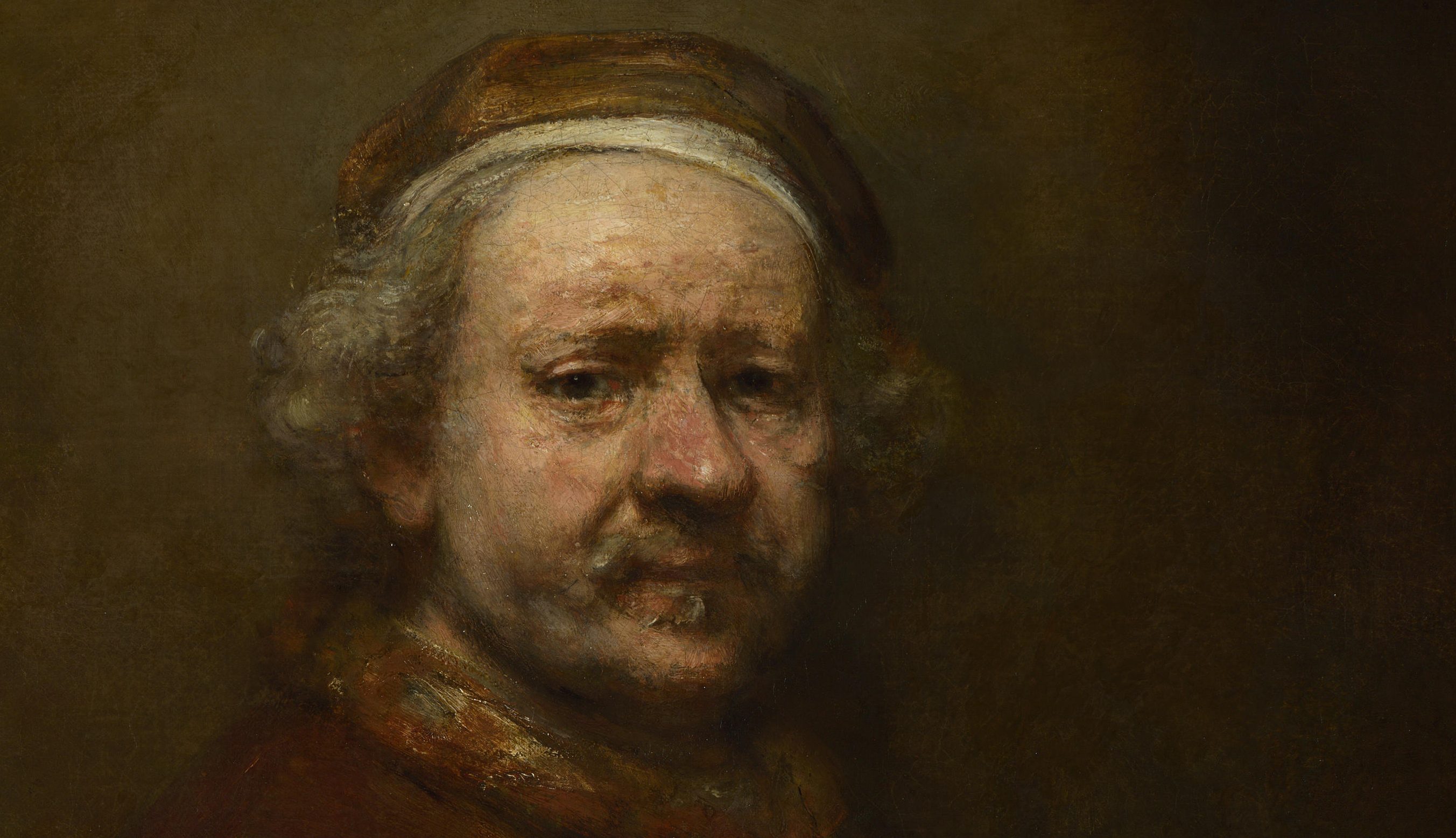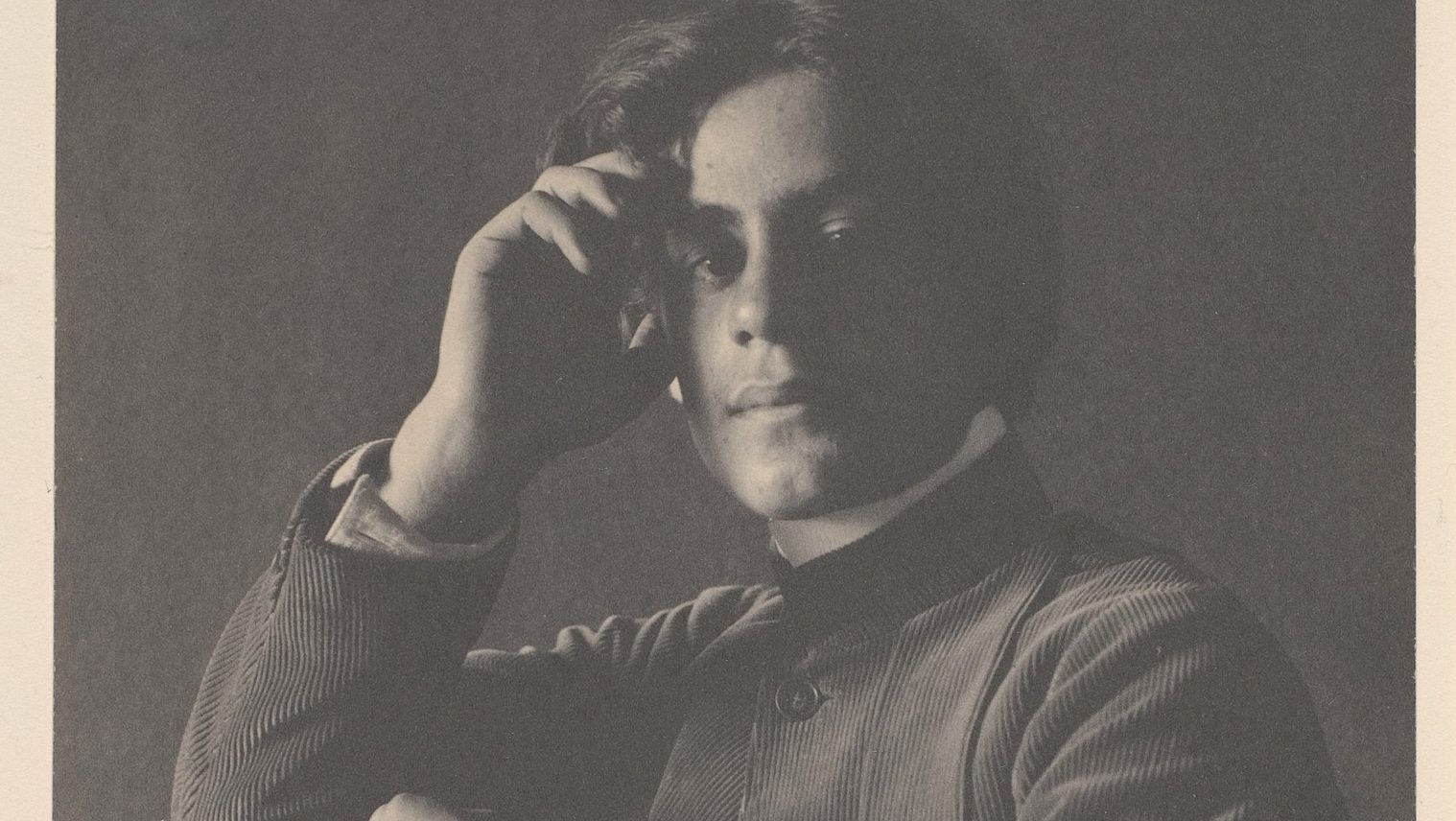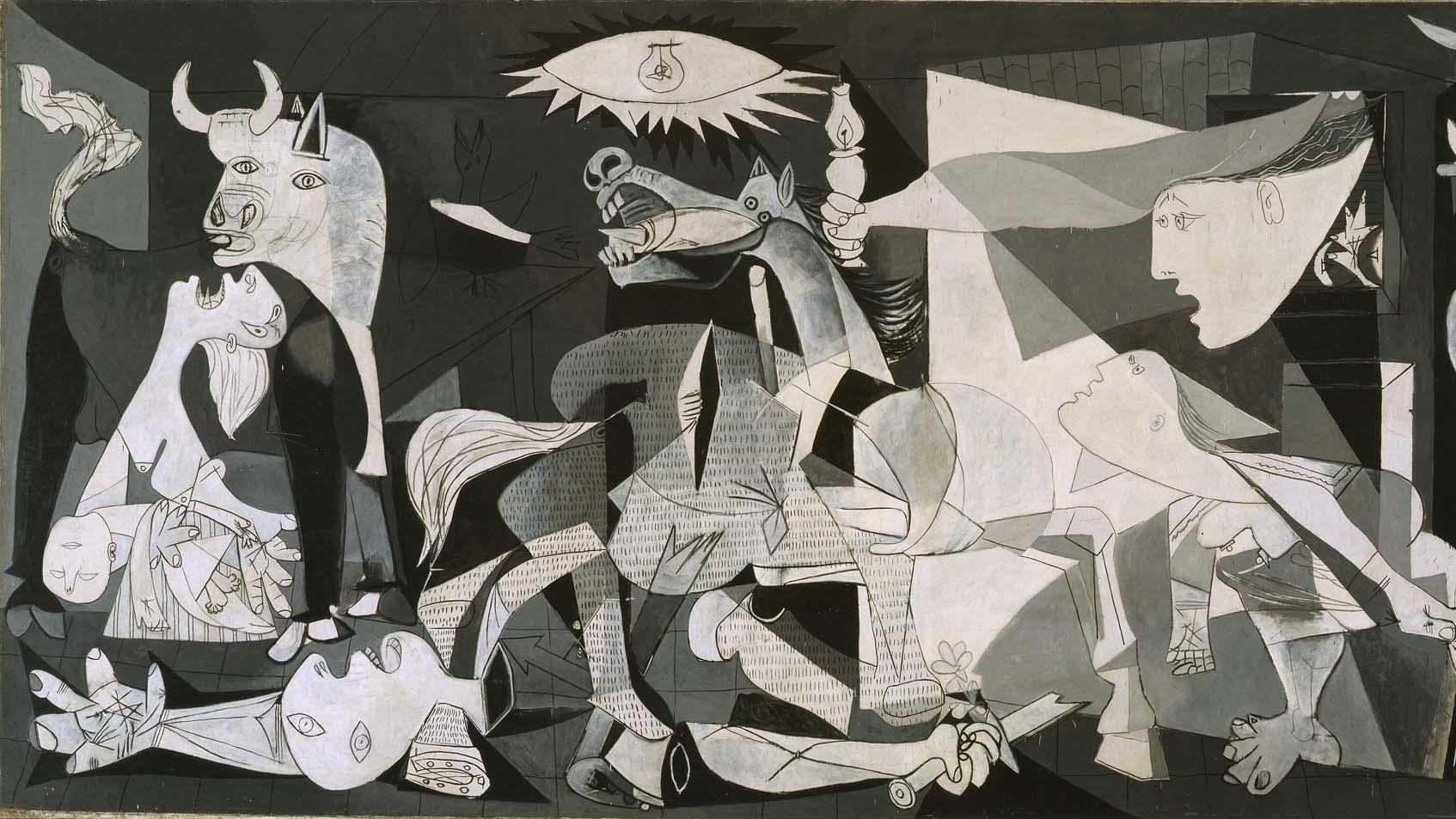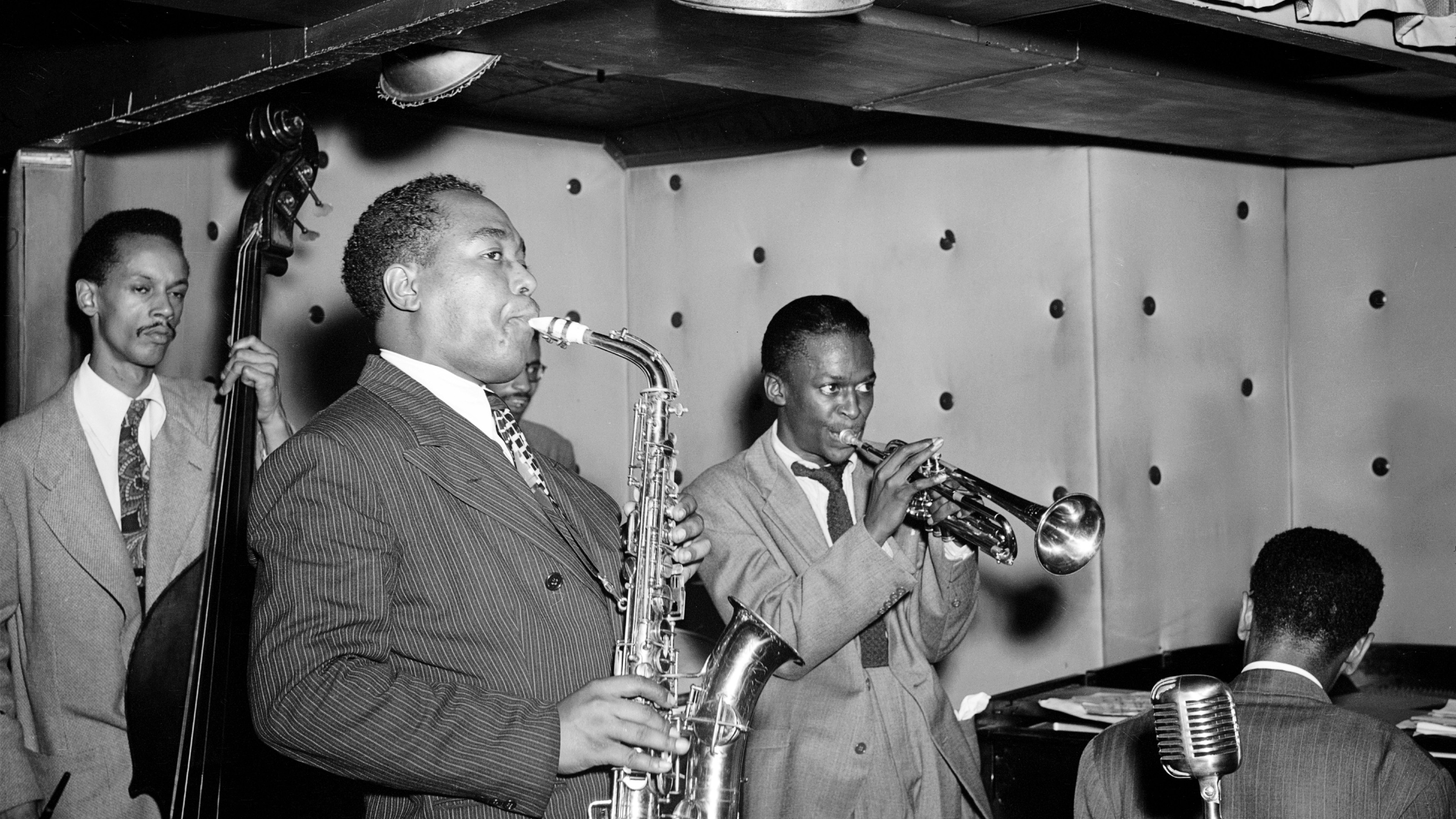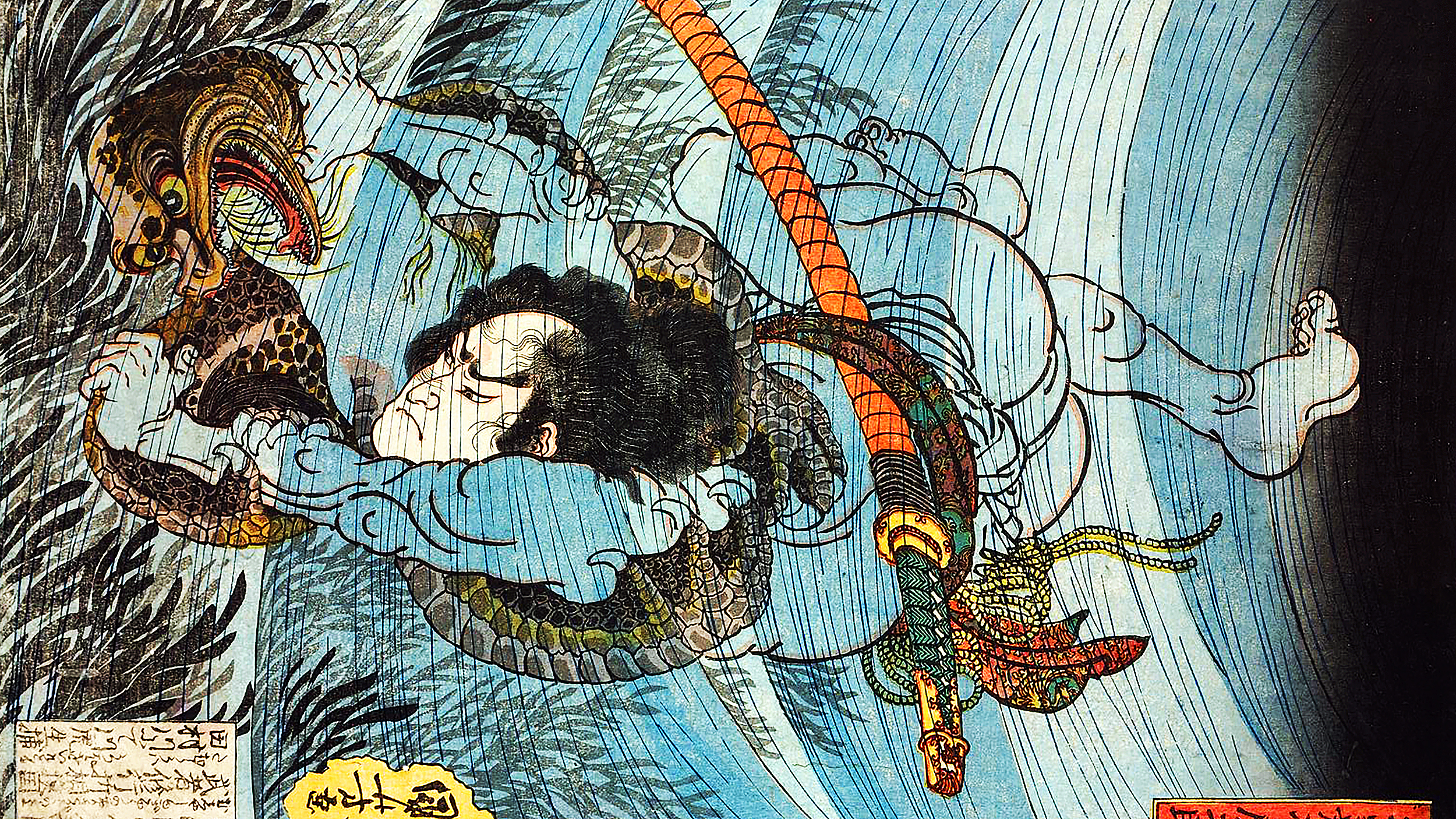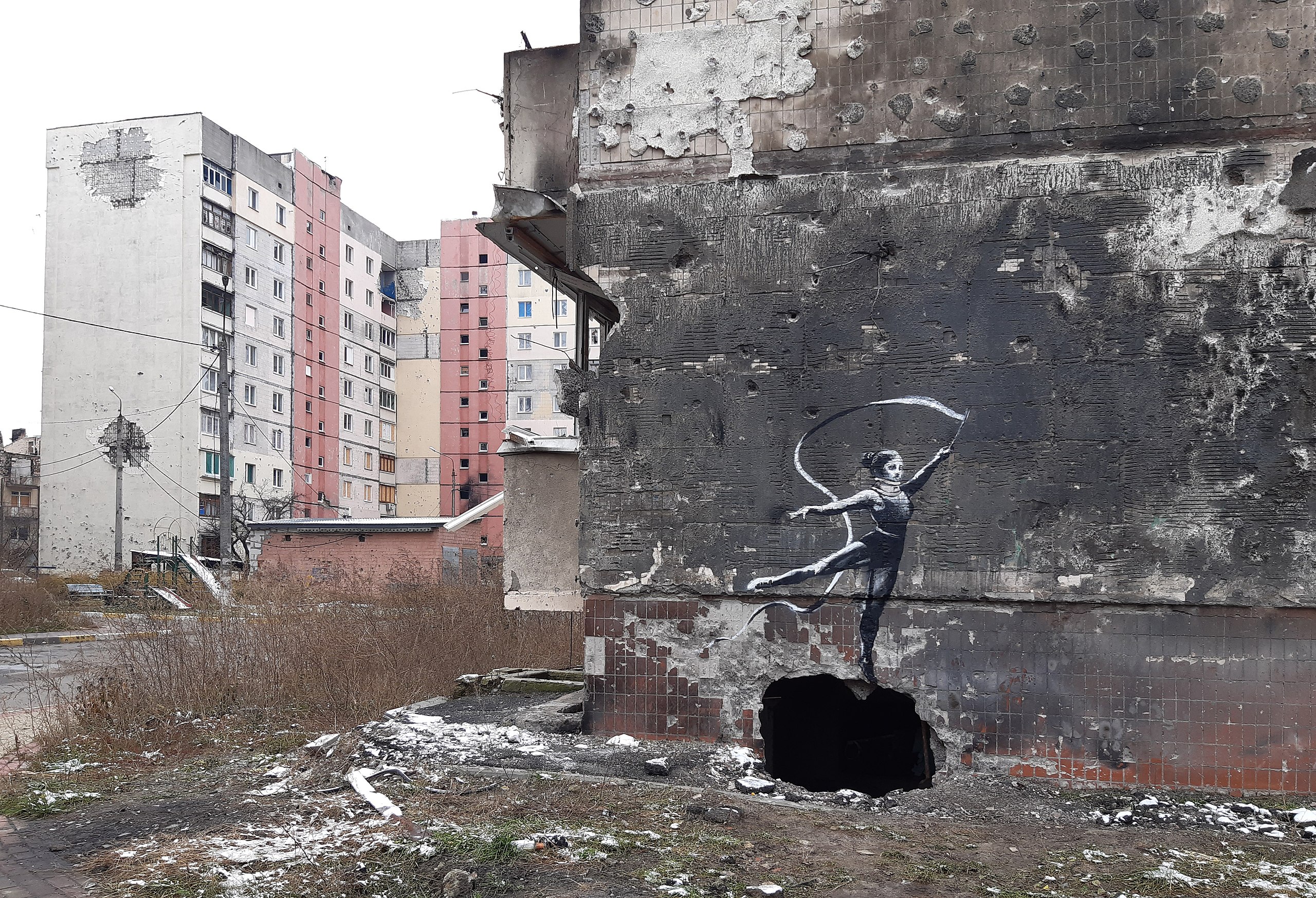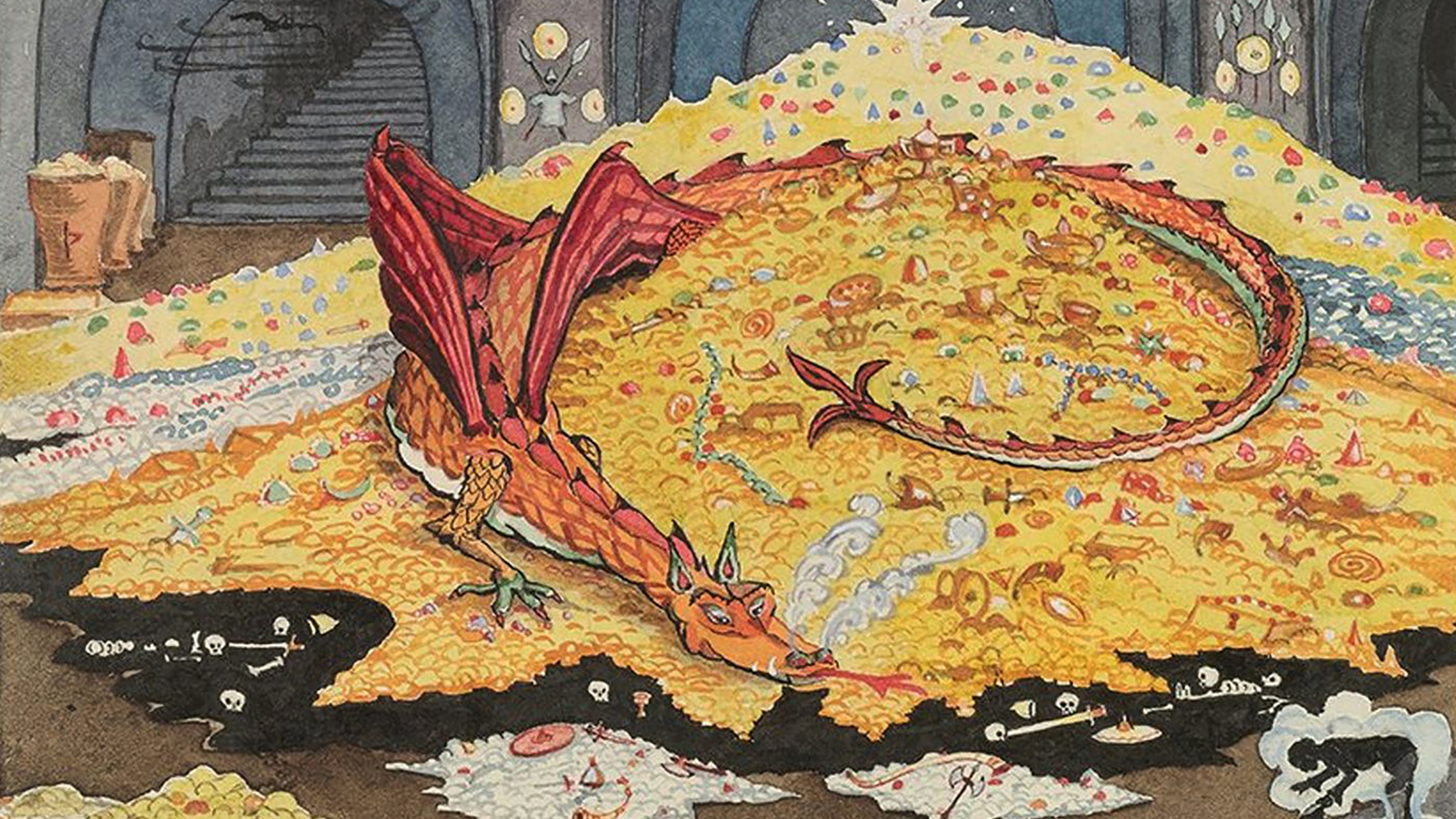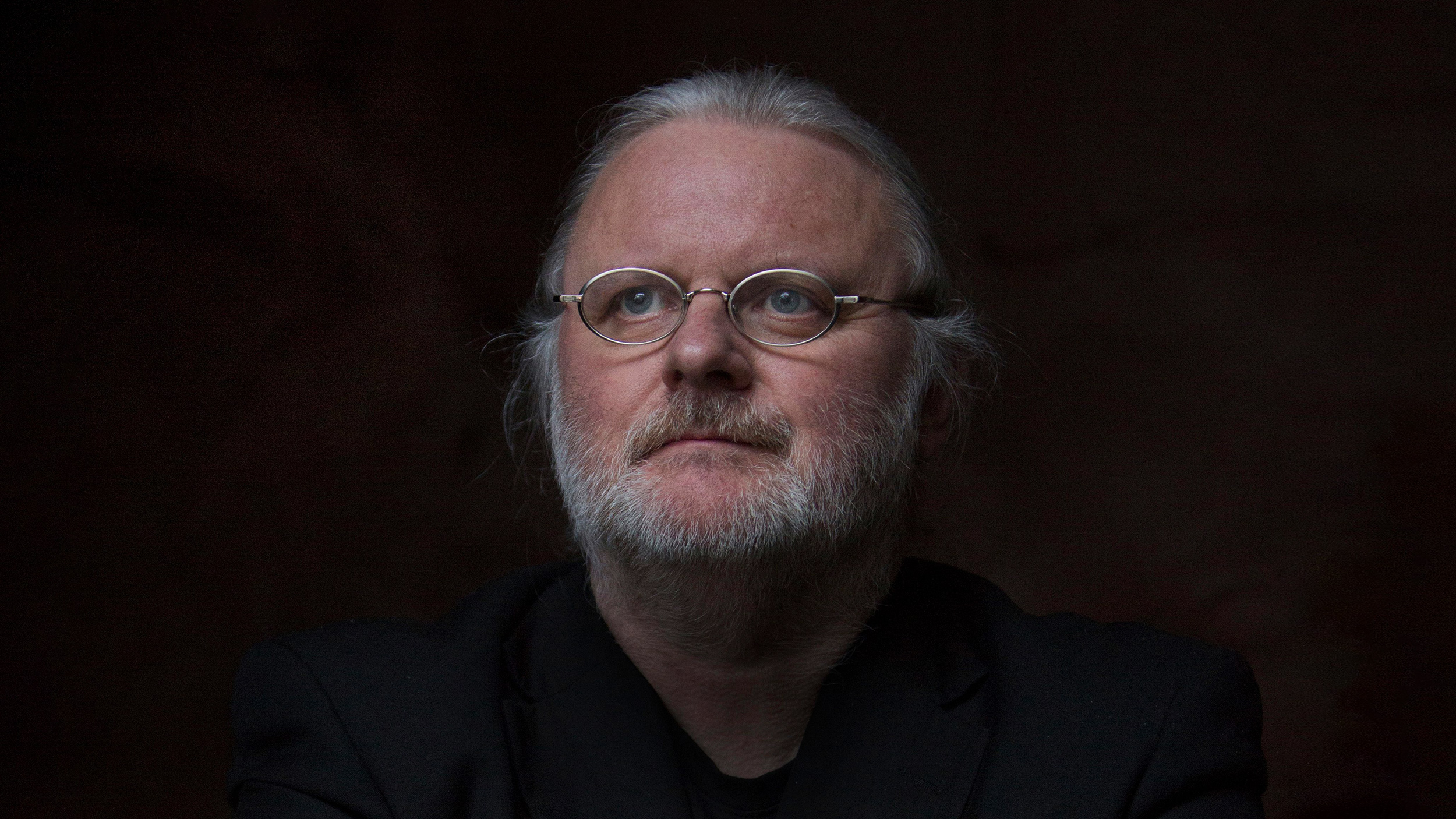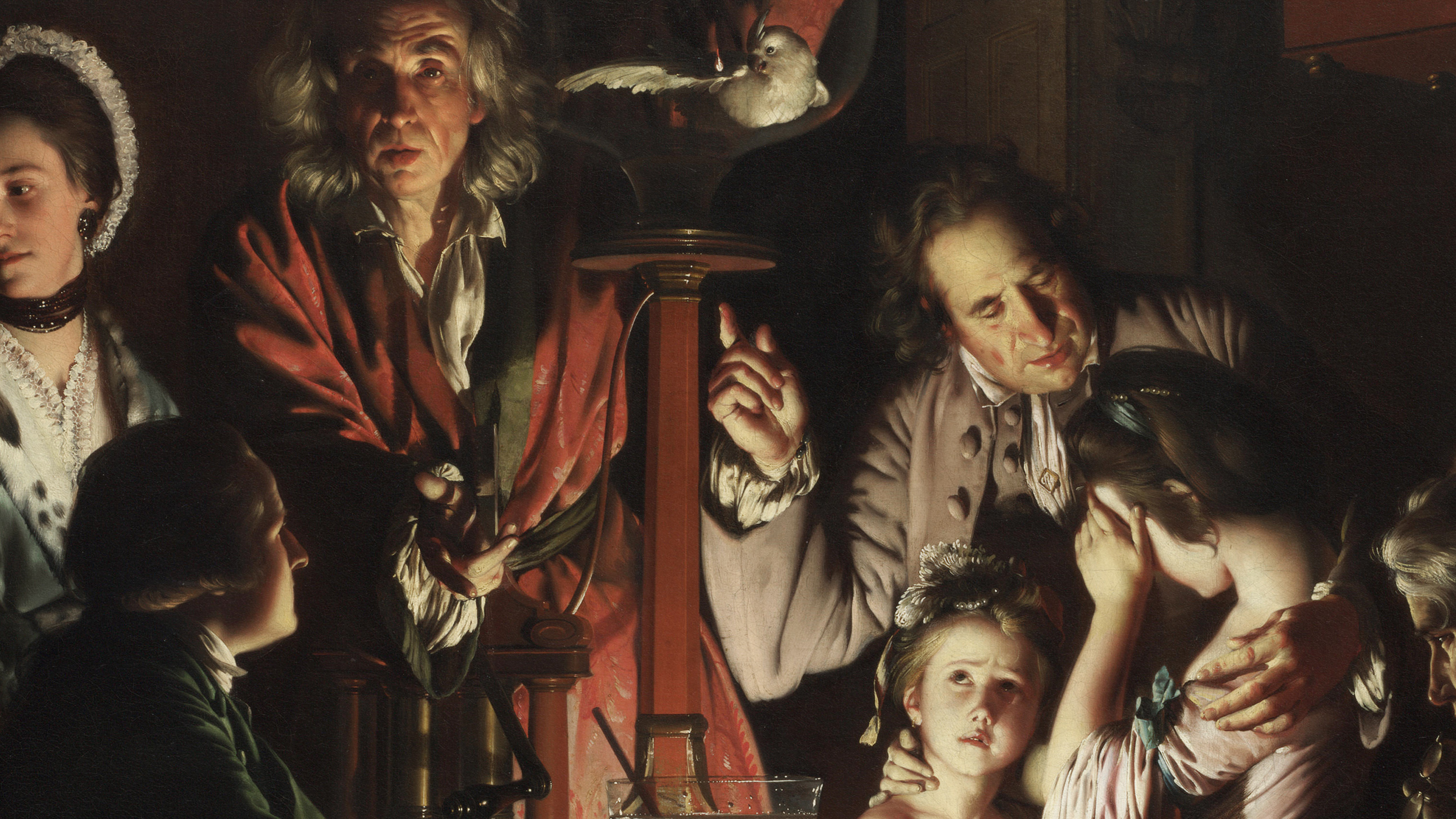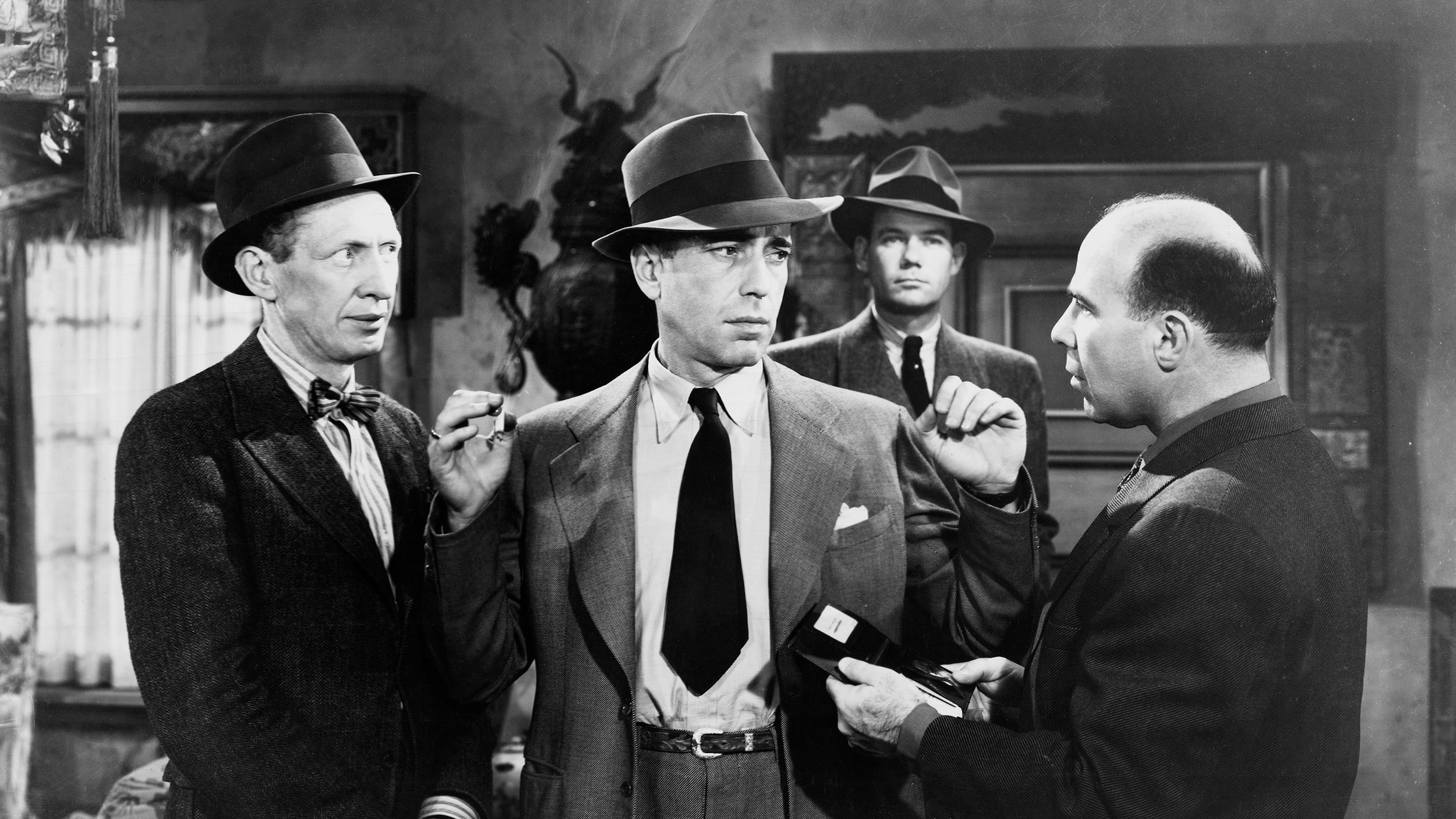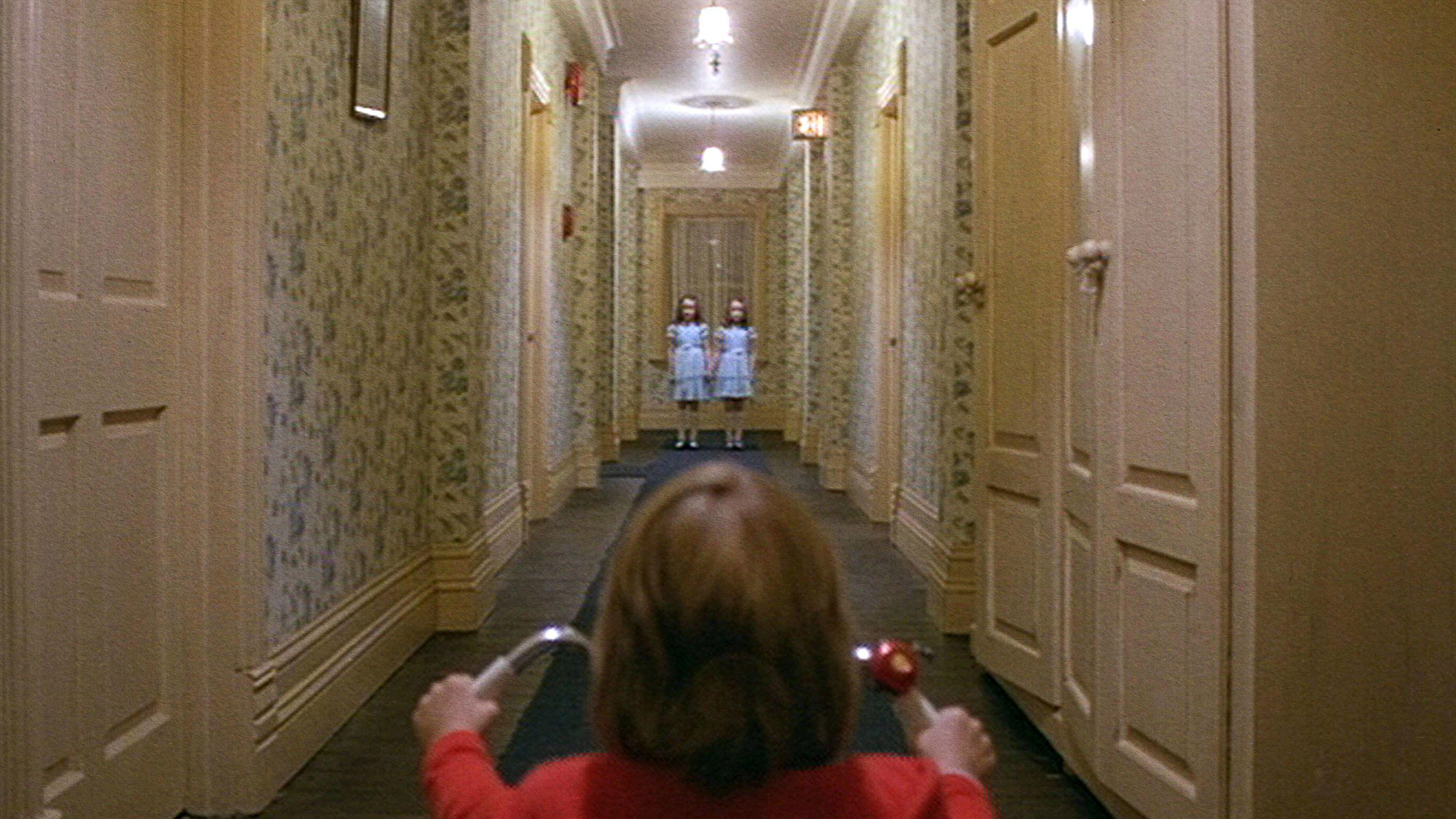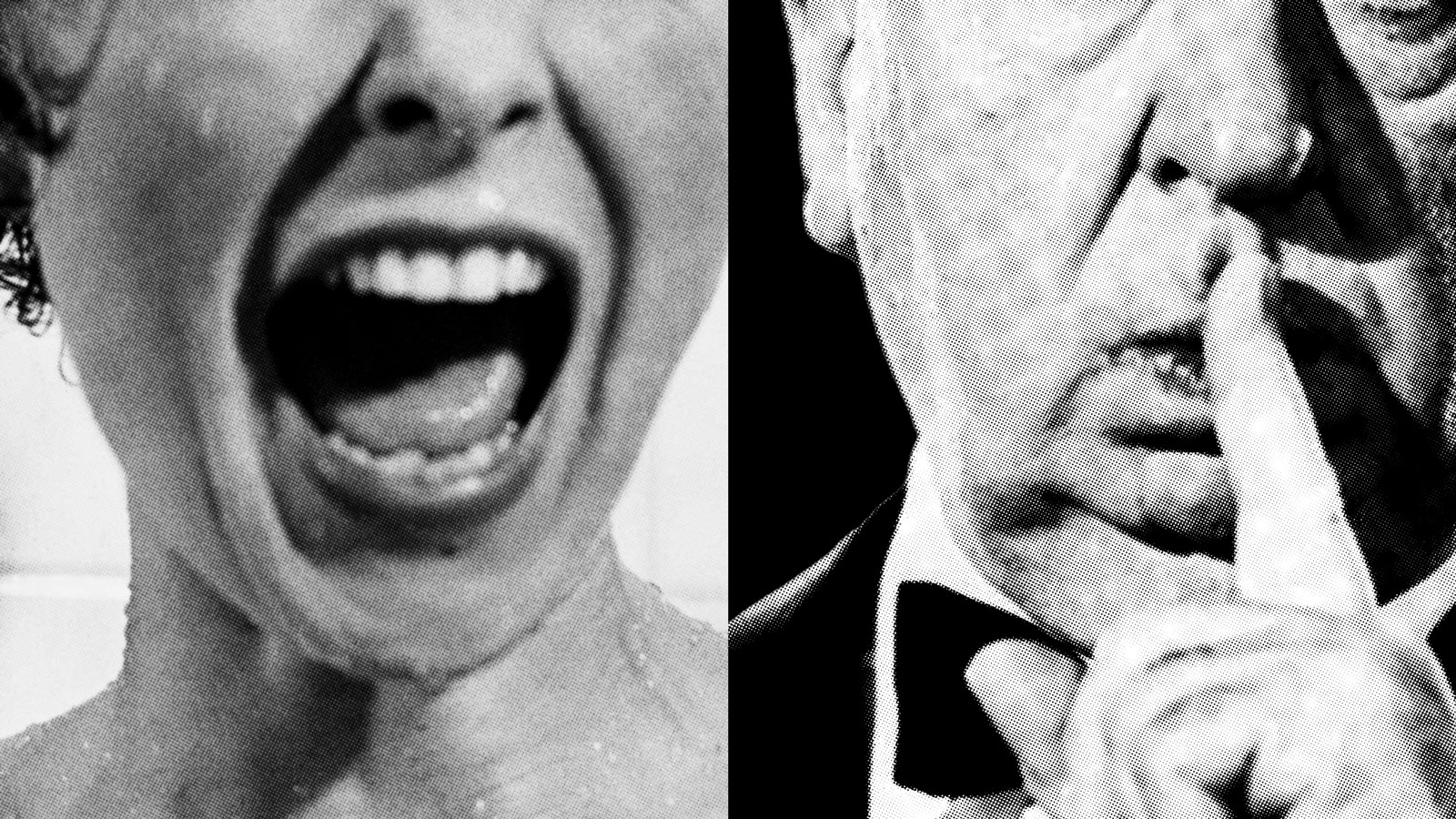High Culture
featured
The Rijksmuseum employed an AI to repaint lost parts of Rembrandt’s “The Night Watch.” Here’s how they did it.
All Stories
Omer Bartov, who spent decades studying the unspeakable horrors of genocide, shares how his studies have impacted his own mental health.
These hard-to-finish books are still worth the effort.
With great power comes retcon responsibility.
From “The Castle of Otranto” to “The Lord of the Rings” trilogy, these books changed the literary landscape.
Narnia and early Middle-earth were pancake-esque — but their creators took differing views on de-globalization.
You can learn an awful lot about people, culture, and politics by studying R.
The tonal Native American language differentiates words based on pitch and makes Spanish conjugation look like child’s play.
You’ve certainly seen the paintings — but they don’t depict what you think they do. Benjamin Moser discusses with Big Think.
‘Six Persimmons,’ an ink painting by the Chinese monk Mu Qi, has long been hailed as the poster child of Zen Buddhism. But is its reputation deserved?
See the world through the eyes of a horse — or a cake pan.
The history of hell doesn’t begin with the Old Testament. Instead, hell took shape in the 2nd century from Mediterranean cultural exchange.
“Time Warp” all the way back to 1800s spiritualism, magic performances, and spook shows.
Using peach and eggplant emojis as shorthand for sex may seem like a new thing, but Renaissance artists were experts at using produce to imply intercourse.
The great philosopher spent the final portion of his painful life in a vegetative state. Did illness get him there, or was it his own philosophy?
Once at the pinnacle of Amsterdam’s art scene, Rembrandt van Rijn eventually found himself outcompeted by his own students.
He is only out-sold by William Shakespeare and Lao Tzu.
Rejecting romanticism, these famous paintings depict war as it really is: sadistic and senseless.
The answer may lie in the power to see far, far beyond yourself.
The toilet “is a portal to a mysterious otherworld.”
In war zones, aggressors steal art to eradicate the cultural heritage of others. Victims, meanwhile, sell stolen art in order to survive.
For J.R.R. Tolkien, the single most important element of a fairy tale was the dramatic reversal of misfortune in the story’s ending.
The world’s “most produced living playwright” wins out over other contestants, including Salman Rushdie and Margaret Atwood.
Science and technology were making early modern Europe a better place to live, but at what cost?
Want to write a time-travel story? Do so at your own risk.
In Georgia, it’s becoming less common to pronounce words like “prize” as “prahz.”
A history of othering, experimentation, and mystery.
The One Ring has its own agency and sentience — and it opens up a wonderful philosophy of things beyond our comprehension.
Pure cinema is about removing redundancy so that even the smallest detail serves a purpose in relation to the bigger picture.
The polymath used science to elevate his art.
Six authors, six monumental legacies, and a unique thread connecting them: a solitary novel that shines brightly.
